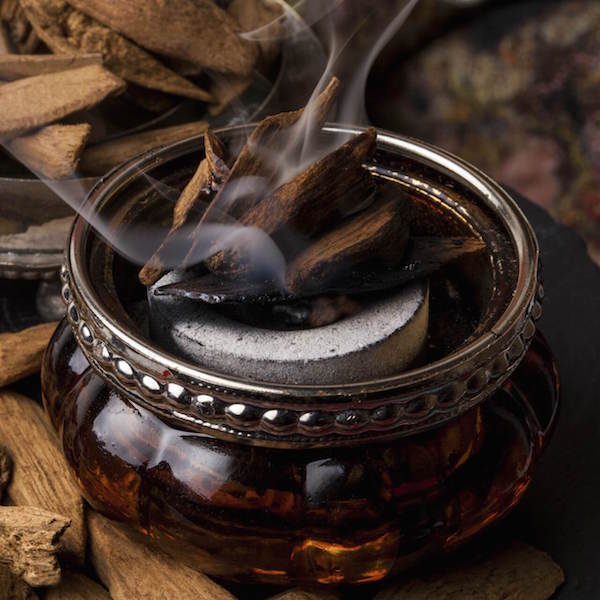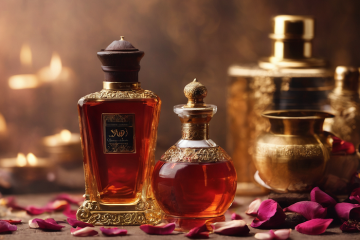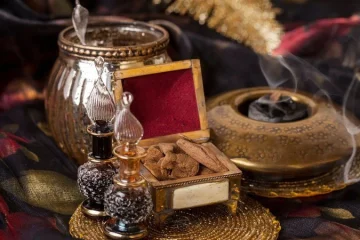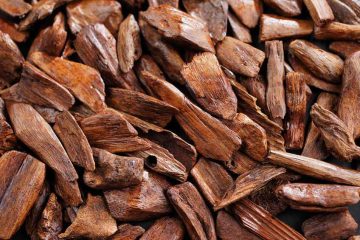In the realm of fragrances, few scents carry the mystique and richness of Oud. Originating from the heartwood of Agarwood trees, Oud has carved its aromatic identity through centuries, captivating enthusiasts with its alluring and distinctive fragrance. What does Oud smell like, and why does it hold such an enduring appeal? Let’s embark on a fragrant journey to unravel the olfactory marvel that is Oud.
Unveiling the Essence of Oud
Historical Roots of Oud
Oud, with its roots deeply embedded in history, has been an integral part of cultural rituals and traditions. From ancient times to the modern era, Oud has transcended its initial uses and found its place in contemporary perfumery.
Olfactory Profile of Oud
Distinctive Aroma Notes
The first encounter with Oud reveals a complex tapestry of scents. Earthy undertones and woody accords take the forefront, providing a solid foundation. Yet, within this woody embrace, one can detect subtle hints of sweetness and resinous elements, creating a fragrance that is both robust and intriguing.
Variations in Oud Scents
Geography plays a pivotal role in shaping the Oud experience. Oud sourced from different regions exhibits contrasting scents, influenced by the unique terroir of each area. Exploring these variations adds an exciting layer to the Oud journey.
Production Process Impact on Scent
Overview of Oud Extraction Methods
Understanding the methods employed to extract Oud is crucial to appreciating its nuanced scents. Distillation and enfleurage are two primary techniques, each contributing distinct characteristics to the final fragrance.
How Extraction Techniques Influence the Final Fragrance
The meticulous extraction process significantly impacts the olfactory profile of Oud. Distillation tends to produce a purer essence, while enfleurage captures a broader spectrum of aromatic compounds. The choice of extraction method contributes to the diversity of Oud fragrances available.
Oud in Perfumery: A Fragrant Symphony
Popular Perfumes Featuring Oud
Oud’s versatility shines in the realm of perfumery. Iconic perfumes featuring Oud as a key note showcase its adaptability, blending seamlessly with other fragrance elements to create captivating olfactory experiences.
Cultural Symbolism of Oud
The Role of Oud in Various Cultures
Beyond its aromatic appeal, Oud holds cultural significance in various societies. Its presence in rituals, ceremonies, and daily life reflects the deep-rooted connection between scent and culture, adding a layer of symbolism to the Oud experience.
Cultural Significance Reflected in Perfume Choices
Individuals often choose perfumes based on personal or cultural preferences. Exploring Oud fragrances provides not just a sensory experience but also a connection to cultural heritage and traditions.
The Allure of Oud Across Different Settings
Day vs. Night Oud Scents
Choosing the right Oud fragrance involves considering the time and setting. Lighter Oud scents are ideal for daytime wear, while more intense fragrances make a statement during evenings and special occasions.
Seasonal Influences on Oud Fragrances
The seasons also play a role in Oud preferences. Lighter, refreshing Oud scents are favoured during the summer, while warmer and richer fragrances are embraced in the colder seasons.
Exploring Oud in Everyday Life
Beyond Perfumes: Oud-infused Products
The allure of Oud extends beyond traditional perfumes. Oud-infused skincare and beauty products, as well as home fragrances and candles, offer alternative ways to incorporate this captivating scent into everyday life.
Embracing Oud’s Enigmatic Charm
As we conclude our aromatic exploration, the enigmatic charm of Oud lingers—a fragrance that encapsulates history, cultural symbolism, and personal preferences. Whether choosing a daytime delight, a nighttime allure, or infusing Oud into daily rituals, the olfactory journey with Oud is a testament to its timeless appeal.



